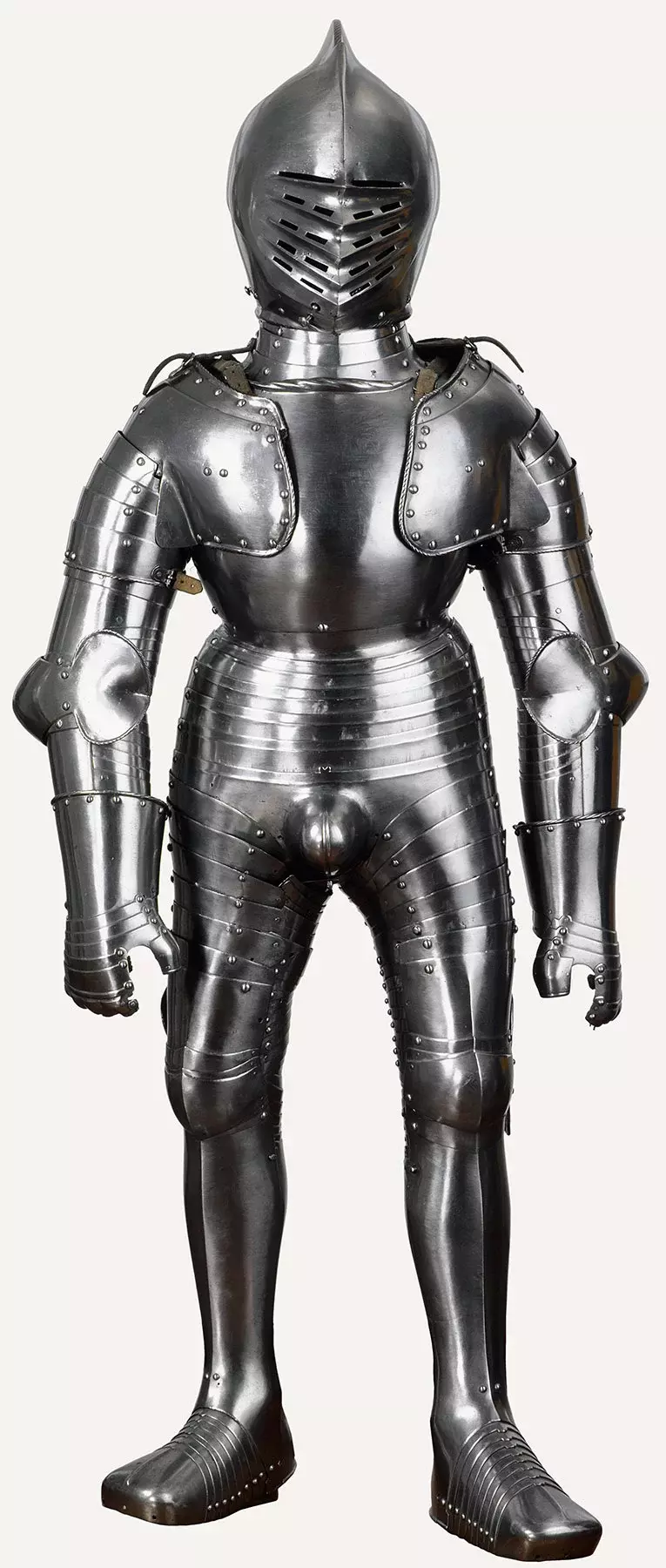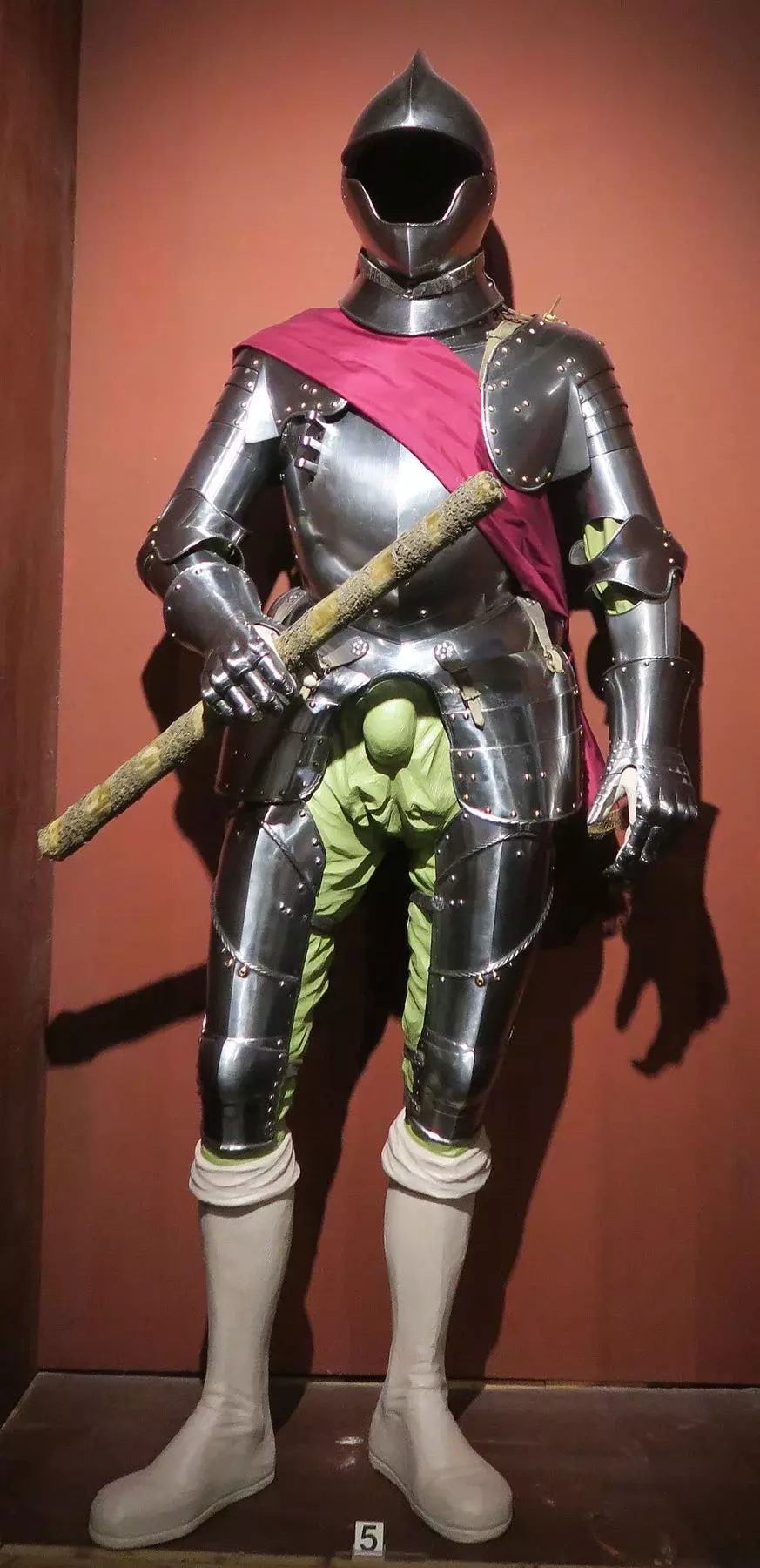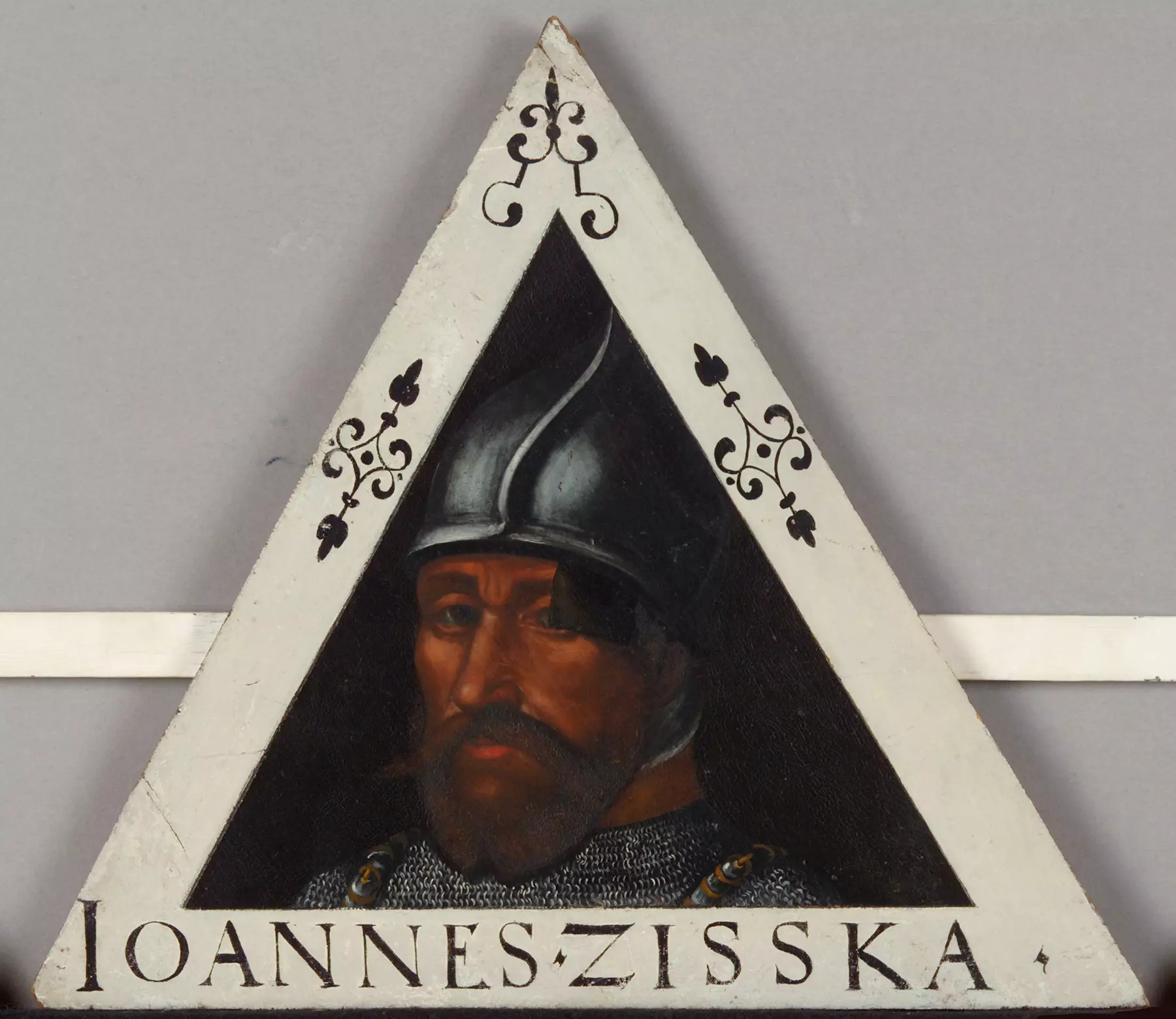The Armoury of Heroes forms the core of Ferdinand’s collections.
The archduke was the first to realize the completely novel museum concept of extensively and systematically collecting and presenting objects. He gathered armour, weapons, and portraits from famous personalities of his era as well as from previous centuries. In this manner, he wished to pay tribute to the exceptional deeds primarily of military leaders, and to accentuate the leading historical role of the Habsburg dynasty.
The choice of heroes was based on outstanding military and historical accomplishments. Events such as the Venetian wars, the Peasants’ War, the Battle of Pavia, the siege of Vienna, the Tunisian campaign, the Schmalkaldic War, the Turkish wars of 1556 and 1566, the naval Battle of Lepanto 1571, and the defence of Christianity in North-Eastern Europe should all have been documented by means of armour and portraits in the Armoury of Heroes.




